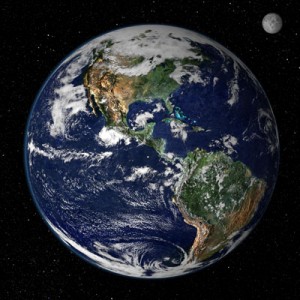So, a few days ago, you were sitting in an audition and you realized, “Hey, I’ve been acting for a while; I know how most of this stuff works. I could be a director, because, man I so wouldn’t let that bimbo keep reading no matter how hot she is.” Well, guess what, fictional actor I just invented, you totally can be a director, because directing is so much easier than acting.
Directors never have to get up in front of people…except before the show, when they are often required to make theatre announcements…and during intermission and after the show, when they are expected to schmooze with the audience–especially season ticket holders and big donors…and at every single rehearsal and at auditions…you know what, scratch that.
I kid. I’m sure everyone who’s ever sat through a show or seen a director work and thought, “I can do that,” has quickly realized (on further thought) that directing is hard work, and not for the faint at heart. That doesn’t mean that you can’t or that you shouldn’t. Directing is incredibly rewarding work; it’s a different payoff than acting, but the payoff is huge, anyway.
Directors don’t get the full rush of the audience’s responses; that “Holy cats, they really like me,” moment is reserved for actors. They do, however, get a small piece of every response. When the audience laughs at a joke, or cries out at a scare, or goes dead silent for a deep and heartfelt soliloquy, the director gets a tiny piece of that, and all those tiny pieces add up over all.
A good director doesn’t even need that percentage-off-the-top of audience-love, because he has the satisfaction of knowing that he tied a bunch of performances together into a show, and that is immensely satisfying (it’s also crushing to realize that you failed in that regard). From auditions, through rehearsal, to the final curtain, the greatest joy of directing is translating another person’s words into a world that can only exist on your stage. That’s the ultimate joy of directing.
It does come at a cost, however. Directing is stressful in ways actors never have to think about. A good director has a working knowledge, not only of acting and the script, but of costuming, lighting and sound, and property and set design. A director needs to understand the story and the world created by the script on a level deep enough to assist the actors in properly portraying their characters. And the director is the last person applauded when everything goes right, and the first one condemned when anything goes wrong.
So, I’m going to cough up some hairballs of wisdom for beginning directors, too. I mean, why should actors be the only ones forced to listen to an old man ramble about the way things should be done. Of course, I emphasize that these small pearls only apply to small theatre. I’ve never worked in a large theater, or even one that was allowed to award Equity points, and I fully understand that the difference between the theatres I’ve worked and professional theatres is as huge a gulf as that between professional baseball and beer-league softball.
So watch this space. You might learn something. I’m pretty sure I have.


